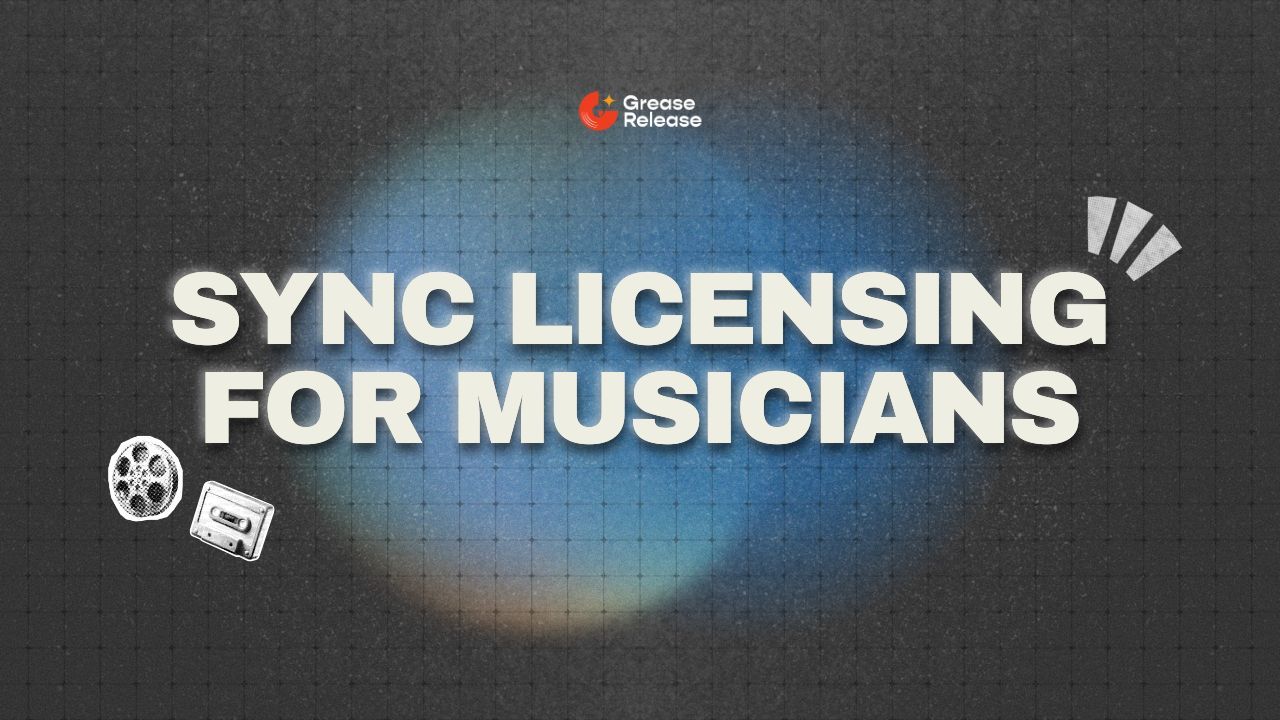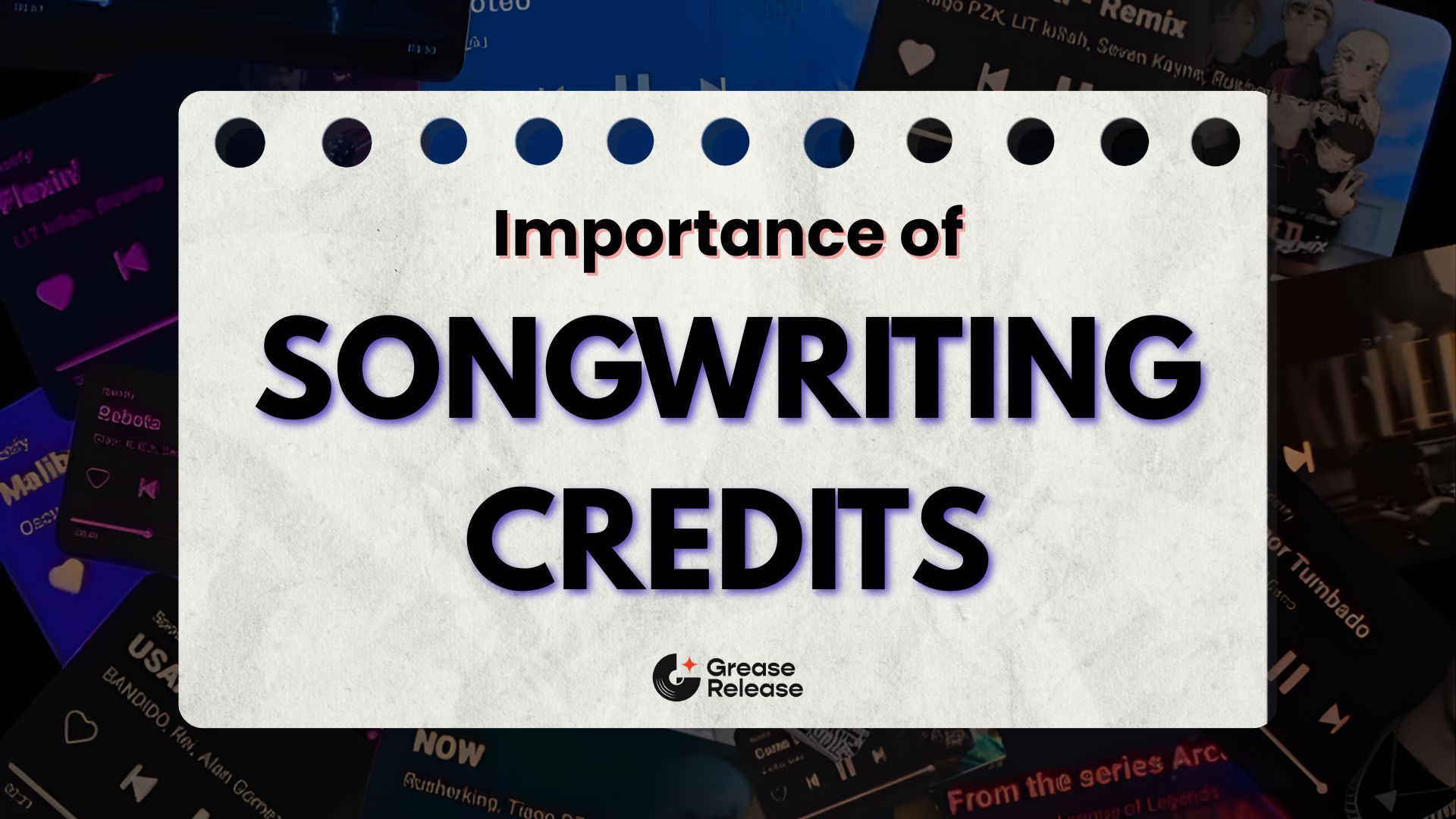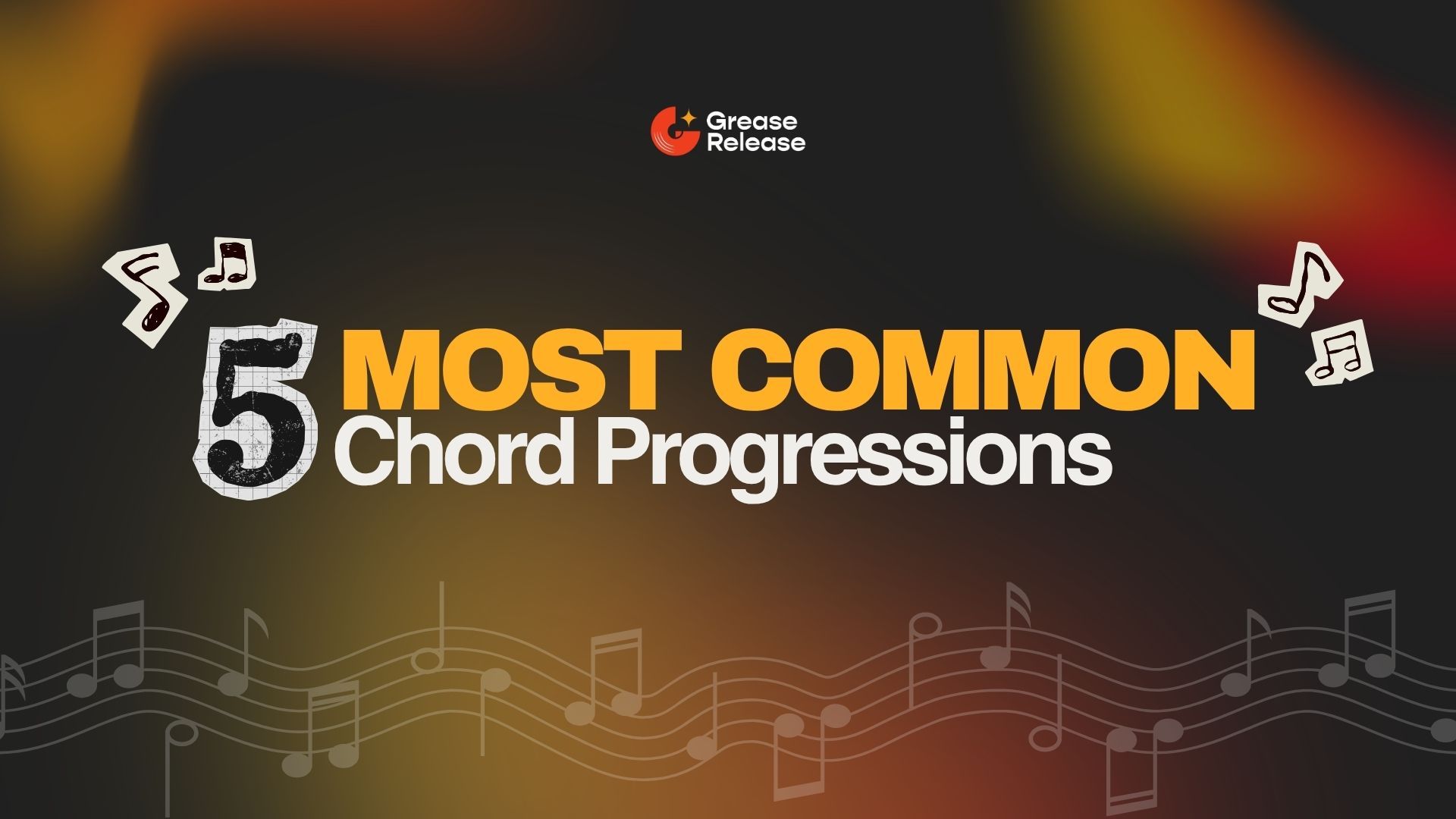
The Psychology of Music: How to Market Your Music
May 02, 2025How the Psychology of Music Shapes Marketing Strategies-
Music often has a deep and impactful role to play in regular life. It transcends from something we hear to something that makes us feel. In the modern era, music has the potential to influence people and impact cultures. Marketing in the music industry has also seen a transformation from being a simplistic word-of-mouth recommendation to a complex strategy. Let’s take a look at what psychological tactics work behind music marketing and how you can use them…
We’ll be taking a look at the following:
- What is The Psychology Behind Marketing Music?
- What Makes A Song Go Viral?
- How Does Music Relate to Emotion?
- Why is Visual Branding Important in The Music Industry?
- How to create Hype for New Music through Music Marketing?
- How Are Algorithms and Streaming Platforms Important for Music Marketing?
- Final Thoughts
What is The Psychology Behind Marketing Music?
Music marketing focuses on tapping into human emotions, behaviours, and cognitive biases. The psychology of music is deeply rooted in how our brains process sound, and good marketing utilises this understanding to create connections between songs, artists, and audiences. The value of music marketing lies in its ability to surpass mere promotion and help artists evoke emotions in their audience, forming an artist-fan relationship and gaining a true, loyal fan base. It also aims to determine how an artist is perceived, interacted with, and supported.
Indie artists can use these techniques to profit despite the lack of a huge marketing budget. Many indie artists are creating cost-effective marketing strategies that can compete with the biggest labels. Platforms like Facebook, Instagram, X (formerly “Twitter”) and TikTok are the frontrunners in establishing direct artist-to-fan connections.
Music stimulates strong emotional responses in the listener. For example, Upbeat tracks can boost dopamine levels or make the listener feel energised, while slower tracks can instil feelings of nostalgia, sadness or calm. Music Marketing can utilise these responses and create a campaign that relies on the sonic experience to resonate with their target audiences, because let’s be frank, people turn to music often when they want to feel something, not to support a hard-working indie artist.
What Makes A Song Go Viral?
Many would argue whether virality is luck or if it can be engineered. When a song blows up on social media, it is mostly because it draws in a strong emotional response. This emotional response, paired with the tools given by the social media platform, makes it easy to share, connect with and create a trend. TikTok has become a hub for music marketing, with catchy hooks and dance challenges driving streams and engagement.
A viral song typically consists of these elements:
- Strong Hook: A short, repetitive, and addictive chorus that acts as an earworm.
- Emotional Relatability: Lyrics or visuals that tap into universal feelings, whether it’s heartbreak, joy, or nostalgia.
- Social Features – Dance routines, challenges, or memes that encourage user-generated content.
While crafting a track/album, think about the mood and feel you want the listener to experience. Often, artists promote their music by seeding tracks with influencers, curating organic music marketing campaigns, and engaging fans through challenges and interactive content. The more people feel personally involved in a song’s rise, the more likely they are to keep it in rotation because, from a listener’s point of view, the track must be of some emotional value, whether it makes them feel pumped for a day at the gym or just helps them process heartbreak.
How Does Music Relate to Emotion?
Think of your favourite band, what do they make you feel? Every musician who has gotten successful has one distinct thing that sets them apart from the rest. It’s the mood and tone they set through their music. Every time you feel low, sad, or heartbroken, you would go to artists like Adele, Beach House, or Radiohead and not Pitbull or Charli XCX. Why is that? Research and Science show that music can activate multiple areas of the brain, triggering parts that make humans associate media with emotions.
If used strategically, it can help you market your music to your target audience.
Marketers use this to reintroduce classic hits, remix older tracks and use visual and auditory themes to induce such emotions through music videos and marketing campaigns. The reintroduction of the popular 80s sound and the role of 90s R&B influences on Modern Pop music can also be traced back to music marketing. It used familiar elements to make new music feel both fresh and comforting.
These factors can also lead to an increase in music consumption. Listening habits are often based on the moods of the listener. Listeners often regulate or relate their mood to audio. Artists that connect emotionally with their audience build stronger fan loyalty, and marketing campaigns often play on these emotions to deepen that bond.
Why is Visual Branding Important in The Music Industry?
The concept of identity is central to music marketing. Music is an auditory experience, but visuals play a massive role in how we perceive it. Many use music to express their personal identity and align themselves socially. This alignment can create belonging and community amongst fanbases and a sense of loyalty towards the artist as well. The visual characteristics tied to an artist, such as album covers, music videos, and social media content, contribute to the overall perception of their brand. Consistent visual branding effectively uses colour, design and fashion choices to highlight an artist’s brand, which helps in creating a cohesive and recognisable image, making it easier for fans to identify and connect with the artist.
For example, Sabrina Carpenter uses her set design and costumes to enhance the feel of her music. From elaborate sets, costume changes, props and lighting to her overall aesthetic as seen in public helps build this image stronger, complementing the mood of her music.
Artists like Cigarettes after Sex, on the other hand, use dim and intentional black imagery to paint a melancholic and mellow atmosphere.
By aligning an artist’s visual identity with their sound and target audience, music marketing makes it easier for listeners to categorise and emotionally connect with their music. Whether through music videos, social media aesthetics, or even stage design, visuals make the experience immersive and memorable.
How to create Hype for New Music through Music Marketing?
Demand and Supply are the two main factors determining a product. The Scarcity Principle is one of the biggest assets of a music marketer. This principle is based on the view that people place higher value on things that are perceived as scarce or limited. Scarcity and exclusivity are powerful psychological tactics in music marketing. When artists limit access to their music, merch, or concert tickets, fans are easily encouraged to be part of the experience.
Some of the strategies that use this principle are as follows:
- Limited-edition vinyls or merch drops that sell out quickly.
- Surprise album releases that create hype instantly.
- Exclusive pre-release streaming events that make fans feel like insiders.
These tactics create urgency and hype in the fanbase and effectively drive sales and engagement. Beyoncé’s surprise album releases have always dominated the charts because they create a sense of exclusivity. Vinyl reissues of classic albums like Taylor Swift’s re-recordings tap into this strategy by making physical copies feel like collector’s items. Scarcity isn’t just about limiting access; it’s about making fans feel like they own an exclusive piece of music.
it's about flowers
— 👼🏼 (@troyesivan) April 30, 2018

How Are Algorithms and Streaming Platforms Important for Music Marketing?
Digital platforms have further heightened the impact of psychological principles in music marketing. Streaming services like Spotify and Apple Music use algorithms to recommend music based on user preferences, developing a personalised listening experience.
- Curated playlists (like “Discover Weekly”) expose listeners to unknown artists based on their habits.
- Algorithmic recommendations keep users on the platform by feeding them similar-sounding tracks.
- Trending and viral charts boost songs that are already performing well, making them even more popular.

This creates both opportunities and challenges for artists. The better an artist understands how these algorithms work, the better they can position their music for maximum reach. For example, if the analytics show that a specific region has more listeners, you can have a marketing campaign or tour focusing on the region to gain organic reach. This showcases your authenticity as an artist as well as keeps you connected to your fan base.
Final Thoughts
The psychology of music and marketing is deeply connected. From triggering emotions to leveraging nostalgia, from visual branding to algorithmic influence, music marketing is a carefully crafted science designed to hook listeners and keep them engaged.
Artists who understand these psychological principles can build stronger connections with their audience, create more impactful marketing campaigns, and ultimately shape the way their music is received.
We at GreaseRelease, have a bunch of curators on our network who are looking for new & exciting music to push on their massive playlists. If you make music and want to reach a wider audience, check out our submission platform and get a chance to reach millions of listeners! Submit your tracks now!
Don't miss my newsletter!
Join me on a music entrepreneurship journey with new tips and tricks delivered straight to your inbox.
We hate SPAM. We will never sell your information, for any reason.




